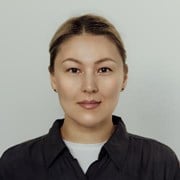Novel plant production technological concepts will be developed in a joint comprehensive R&D project incorporating several development phases. Phase I is a scientific research stage to evaluate performance of lunar regolith simulant and cellulose substrate for their potential to be used as root support infrastructure in hydroponics as well as gaining fundamental knowledge on plant salt stress and tolerance. Phase II is a scientific research stage to establish balanced nutrient mediums capable of supporting their growth and best productivity. Research activities will reveal mechanisms and strategies relevant to achieving highest production yields and nutritional values of the plants. Knowledge, results, and generated technical data will be transferred and disseminated between project partners to be used to guide experimental development in later development stages.
Phase III will cover hydroponic cultivation experiments with lettuce and halophytic plants. Quality testing on the plants with regard to food safety and nutritional values will be performed. Phase IV of the project will provide a technology evaluation with regard to its potential use for plant cultivation on a lunar base and terrestrial applications.
LunarPlant is a Research Project financed by the Research Council of Norway (35249). The project bring together an interdisciplinary and international team of scientists:
- CIRiS has the project management and is responsible for plant hydroponic cultivation and analyzing the plant responses.
- NTNU is responsible for food safety evaluation and analyzing the nutritional value of the plants.
- SINTEF is responsible for the work on the root support substrate and the project dissemination.
- VTT will design and manufacture the 3D cellulose-based foam to be used as root support.
The science team, including PhD and Postdoc, will develop knowledge, materials and technology leading to a significant step forward within closed life support systems for human space exploration and resource utilization of nutrient elements on Earth.

